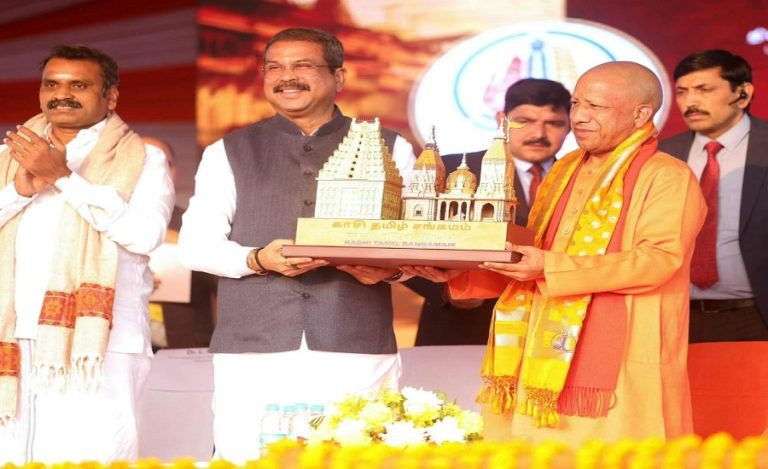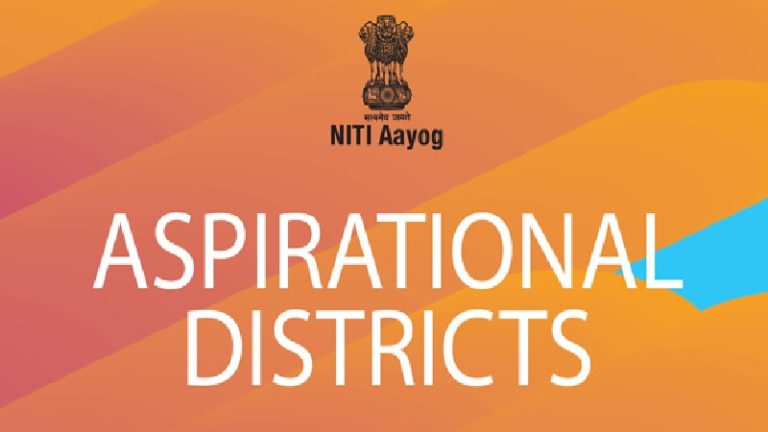In a major administrative and developmental reform, the Uttarakhand government is preparing to reactivate district-level development authorities in 11 districts with a new set of modernized and practical regulations. This move, led by the Housing Department, aims to ensure planned urban development, regulate construction, and strengthen environmental safeguards across the state.
Unlike previous models, the jurisdiction of these authorities will now be determined based on ground-level distance rather than aerial distance, a shift expected to bring more accuracy and transparency in planning approvals. Officials confirmed that the revised proposal will soon be presented before the state cabinet for final approval.
A Move Towards Transparent and Practical Urban Planning
Previously, the authorities’ jurisdiction extended up to 50 meters from highways in hilly areas and 100 meters in plains. This approach, based on aerial measurement, often created confusion and inconsistencies in enforcement. The government’s new model will instead rely on ground-level measurements to define boundaries, enabling better regulation of urban expansion and infrastructure projects.
The state government had earlier limited the role of development authorities due to controversies surrounding irregularities in building permissions. However, this new framework seeks to correct past flaws and create a balanced system that promotes both development and environmental responsibility.
Key Reforms: Lower Fees, Stricter Monitoring, and Safer Construction
In addition to redefining jurisdiction, the government has proposed to reintroduce map approval systems with revised and rationalized fee structures. Fees related to map approval, including subdivision, development, and supervision charges, are expected to remain 50 percent lower than earlier rates to encourage compliance.
However, the new regulations will introduce stricter checks on multi-story commercial constructions, particularly in sensitive and seismic zones. In districts such as Joshimath, where reports of unsafe constructions have emerged, authorities will now mandate geological and soil surveys before granting permission for high-rise buildings.
To increase the height of any structure beyond the prescribed limit in hilly terrain, developers will be required to submit a certified structural and soil stability report from IIT Roorkee or a similar expert institution.
Planning Development Without Compromising Ecology
The revised policy aligns with the government’s broader vision of promoting planned and sustainable development in Uttarakhand while ensuring environmental balance in ecologically fragile mountain regions. By reintroducing the district development authorities with clear boundaries, stricter construction norms, and transparent approval mechanisms, the state aims to curb unplanned growth and prevent potential disasters caused by weak urban planning.
Officials emphasize that the goal is to balance development with safety, ensuring that the growth of towns and highways in both hill and plain regions happens in an organized, eco-friendly manner.
Towards an Era of Accountable and Sustainable Urban Governance
The reactivation of district development authorities marks a renewed focus on decentralized urban governance in Uttarakhand. Once approved by the Cabinet, this reform will empower local bodies to regulate construction scientifically, manage land use efficiently, and promote safer living spaces.
The state’s new development model is expected to serve as a blueprint for hill states striving to harmonize urban growth with environmental protection and public safety.



























